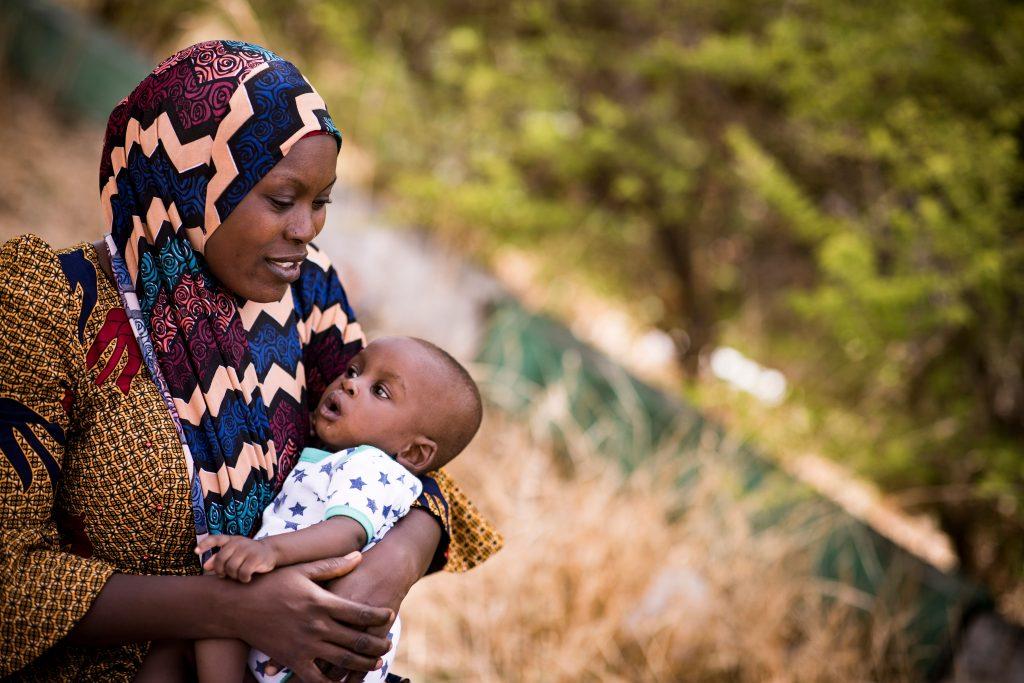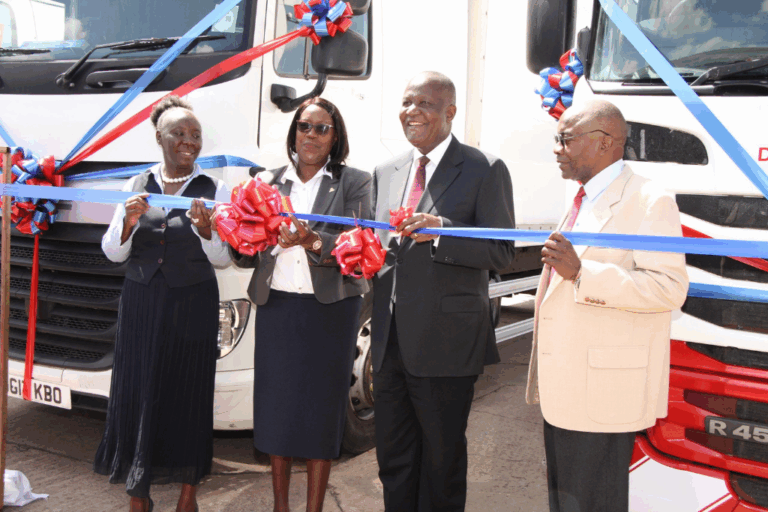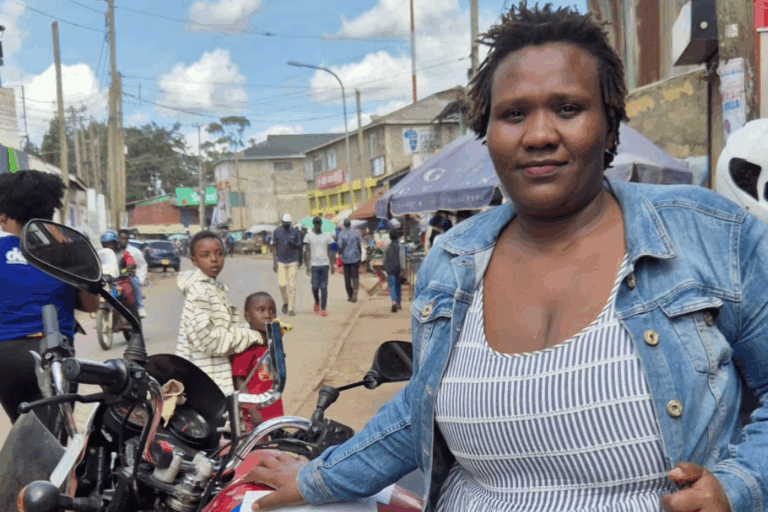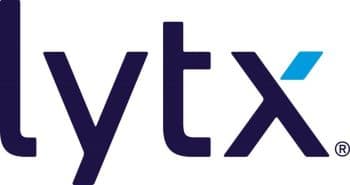
News

Meet Umulkusum: beneficiary of the Emergency Transport Scheme (ETS) in Nasarawa State

According to the latest Nigeria Demographic Health Survey (DHS), only about 36% of Nigerian women deliver at a health facility compared to the 63% of women who have homebirths. In rural and peri-urban areas, where transport availability is scarce and distances to health facilities can be significant, the percentage of homebirths rises.
Umulkusum, mother of two, is an exception to these statistics. In fact, both of her children Halima and Usman were delivered by skilled birth attendants, although she had very different experiences during the two births. At 30 years old, Umulkusum is a primary school teacher living with her husband and two children in Sabun Gari Ward in North Central Nigeria. Given that her husband is a commercial taxi driver, it could be assumed that Umulkusum is in a position of privilege compared to many women in her community, in terms of access to transportation when in need. This though is not the case, as her husband is often away for work. When recounting the birth of her daughter Halima in 2012, before the inception of an Emergency Transport Scheme (ETS) in her community, she was quick to draw attention to how different ETS made the two births.
On a Wednesday afternoon Umulkusum went into labour, which continued for three days. By the Saturday, she was in so much pain that she felt she had no other choice than to walk to the nearest health facility. The pain was so severe though, that she couldn’t attempt the walk, so instead she hired a motorcycle taxi in order to reach the facility. Once there, she hoped her ordeal would be over, but instead discovered that the health workers at the facility were on strike. After searching for help, she was directed to the nurse’s home nearby, where she finally delivered her little girl.
Umulkumsum’s experience of getting from her home to the health facility and the barriers she faced in the lack of safe and comfortable transportation are common for many women in Nigeria. This is particularly prominent in her home State of Nasarawa, which as a consequence records some of the poorest maternal health indicators in her country. The only way that Umulkusum could get to the facility was either on foot or by motorcycle taxi, a means of transport often avoided by pregnant women for the discomfort it causes and the safety issues associated with it.
Umulkusum’s delivery of her second child, Usman, could not have been more different.

Last September, just after midnight, Umulkusum went into labour. Her husband was away for work, so once again she had no easy way of reaching a health facility. However, she recalled that during her last antenatal care (ANC) visit she was given a phone number with the instructions that she should call it when she went into labour. Her sister Mariam was on hand to help, and she called the number, reaching their local Emergency Transport Scheme driver. He arrived quickly, ready to take Umulkusum to the nearest health facility. The journey took just 30 minutes, a stark contrast to Umulkusum’s previous attempt to reach help on foot. The driver assisted Umulkusum to reach the vehicle, supporting her in her movements as he had been taught during ETS training. They then proceeded to Doma primary health centre (PHC) which took approximately 30 minutes.
During this journey to the health facility, Umulkusum was in a great deal of pain, so great that she has difficulty remembering what was happening as she was slipping in and out of consciousness. At the facility she was in labour for three hours, but was unable to deliver and was experiencing further complications. Her doctor felt she needed to be referred to a hospital with better suited obstetric care, and called the ETS driver, explaining to him that her condition was beyond their capabilities.
Umulkusum was referred to the Doma General Hospital, with her ETS driver once again ensuring she got there quickly. Her condition was rapidly deteriorating, and having lost consciousness on the journey due to a severe blood loss, found herself in the hospital, attached to a drip. She recalls the driver telling her that he had offered to have his blood tested for the blood transfusion she needed, and to her knowledge, the blood that she received was the blood of her ETS driver.
Umulkusum and new arrival Usman were soon ready to go home. With her husband still away, the ETS driver returned to pick them up and return them home. Once her husband had returned from his work trip, Umulkusum told him everything that had happened in his absence. He was both shocked and ecstatic at the tale his wife had told him and he could not help but feel immense gratitude towards the driver for his service. He asked some of his relatives to visit the driver’s house to extend his appreciation for what he did for his wife and child and tried to offer him money, but the driver refused to accept payment for the service.
Relatives and friends gathered a week after the delivery for the traditional naming ceremony where she took the opportunity to tell her story to the women, and to dispense the driver’s phone number Umulkusum encouraged the other women to make use of the service and to spread the word to other women who they may think would benefit from the scheme too.
The biggest change that Umulkusum noticed since the arrival of ETS in her community, is a shift in attitudes towards home births which are commonly higher than average in rural communities. She attributes this to the fact that women are now encouraged and are encouraging each other to seek health care during labour or when they experience a complication. Since she gave birth she recalls two or three women who were also in labour who came to her place to collect the ETS driver’s phone number to make use of the scheme. She said that little by little more women are seeing the benefits of delivering at a facility, especially since ETS is rendering the transport service free of charge. Many of the women from the same community who would choose to deliver at home in the past, she says, are now choosing to use ETS to access skilled birth attendants.

Recent Posts






















